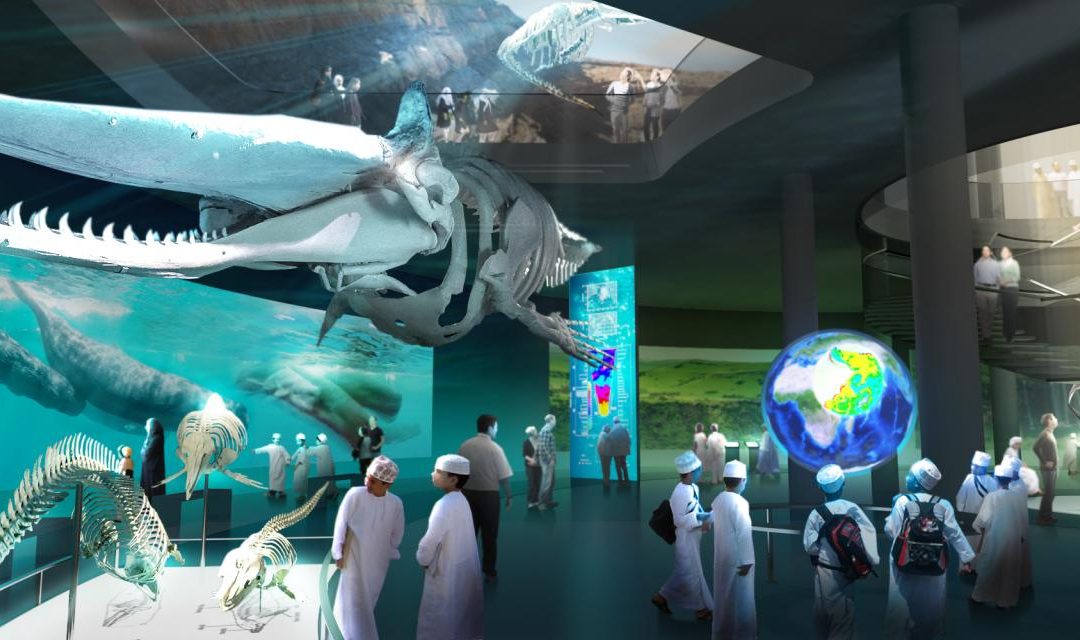Oman today_ The Natural History Museum of Oman is located within the Ministry of Heritage and Culture complex in the Al Khuwair area, opposite Zawawi Mosque in Muscat, Oman. Established on December 20, 1985, the museum provides a comprehensive overview of Oman’s flora and fauna. Its exhibitions include displays of native mammals, insects, birds, and botanical gardens.
One of the museum’s highlights is the Whale Hall, which houses the large skeleton of a sperm whale discovered off the coast of Oman in 1986. Additionally, the museum features marine and animal fossils as well as prehistoric mammals such as early primates and elephants. Taxidermied animals like the Arabian leopard, caracal, Arabian gazelle, and Arabian ibex are also showcased.
In January 2014, the Ministry of Heritage and Culture announced plans for constructing a new building for the museum. This project will span three floors with a total area of 5,000 square meters.
The first floor will focus on marine environments, including sandy beaches, mangrove forests, rocky shores, coral reef ecosystems, and the geological history of Oman’s seas.
The second floor will showcase terrestrial environments such as mammals, insects, birds, valleys, caves, and freshwater springs, alongside the geological history of Oman.
The third floor will provide information about the solar system, planets, space, and meteorites.
The new museum will also include lecture halls and temporary exhibition spaces. Moreover, it will feature well-equipped educational halls for workshops and training programs. The museum comprises five fundamental scientific departments dedicated to research, documentation, studies, and archiving.

